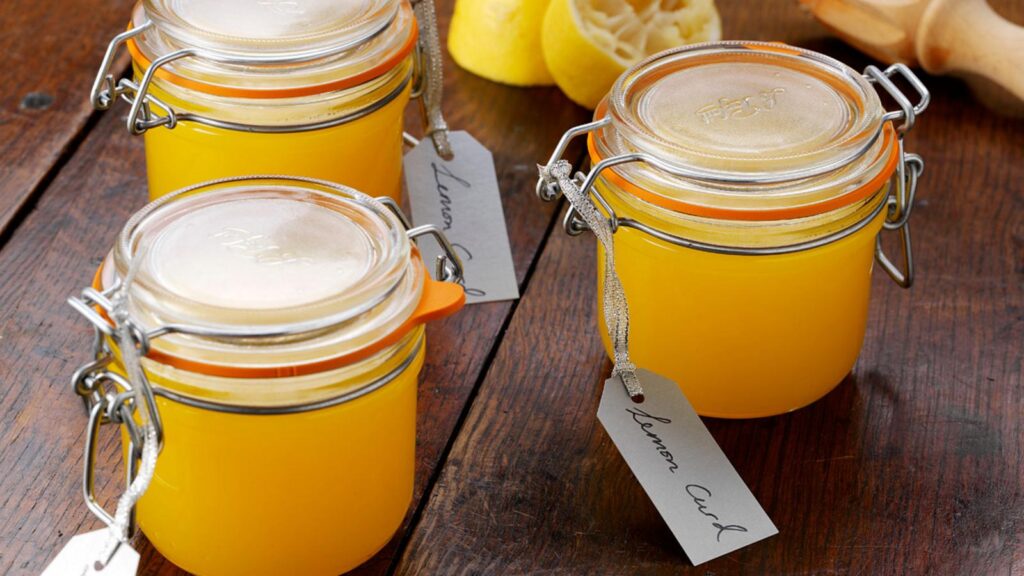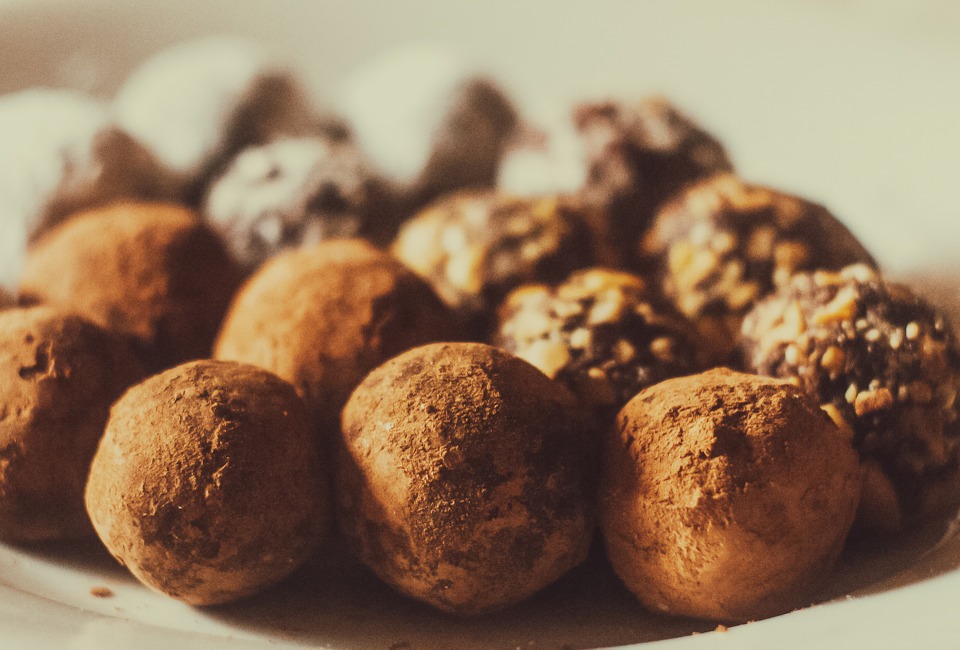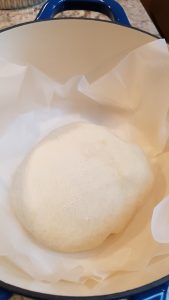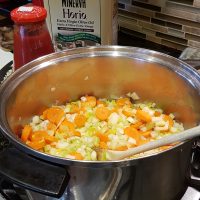
This week is Words Matter Week, a time devoted to the celebration of words. Started six years ago by the National Association of Independent Writers and Editors, the goal is to promote opportunities for (and bring awareness to) people who make a living with their words. And I can certainly get behind that!
This year, however, I’m thinking about the importance of words generally, not only written ones, and I owe it to my neighbor.
For the last few years, she has hosted foreign high school students during the school term. This year, she has two students living with her – a student from Spain and a student from Japan. Japan and Spain happen to top the list of places we’d like to visit in the not-too-distant future, and when I mentioned that to my neighbor, she suggested we meet the two young women to talk about their home countries. So, we got together.
Prior to visiting, we brushed up on our Spanish and also practiced saying ‘hello, it’s nice to meet you’ in Japanese (Konnichiwa, hajimemashite). We took smallish maps of Spain and Japan with us so the girls would have a visual to point out their hometowns, and also because we thought it might help prompt conversation about other areas of their respective countries.
The Spanish student was chatty and outgoing, and given that she’d been in Canada for six months, she had a good grasp of English. The fact that we could communicate even a little in rudimentary (and terribly rusty) Spanish also helped. The Japanese student, on the other hand, was reserved and shy. She had arrived in Canada a few weeks earlier and was only beginning her English immersion program. We know almost no Japanese, so we communicated as best we could with gestures and Google translate, but it wasn’t easy. And because the Spanish student was more extraverted by nature and more fluent in English, she tended to dominate the conversation.
Until I said one word that changed everything.
We were talking about food. We’d already discussed Spanish tapas, paella and pan cot tomate, as well as a number of other Spanish regional dishes. Turning to the Japanese student, I mentioned how much I loved Japanese food. She nodded politely. But then I said I’d made dashi the week before.
“Dashi?” she asked.
“Dashi,” I repeated.
Her face brightened. She grinned and leaned forward, visibly wanting to be part of the conversation, whereas only minutes before she had, quite literally, been on the edge of it.
“With kombu and katsuobushi,” I added. “And then we strained it, added shiro miso and used it as a broth to poach our fish and cook our soba.”
Her whole demeanor changed; her grin grew wider. Suddenly, we were speaking her language. She held up a finger, scrambled to her feet and raced from the room. Seconds later, she was back carrying single serving packages of Japanese snack foods which she pressed into our hands. “For you,” she said shyly, sitting down again.
After that, the proverbial ice was broken. Sure, we were still dealing with a fairly significant language barrier but it felt easier somehow. We had forged a link, all because of a single word.
Words do matter. They help us connect with, learn from, and care for others. And last week, in a very small way, we were reminded of just how powerful that can be.
Happy Words Matter Week.









 They say this past January was the fourth wettest on record. I guess I wasn’t around for the first three because last month was the wettest January I can remember. We were hit with a series of back-to-back rainstorms and clouds so dark and persistently low that many days it was hard to believe it was day, and not night.
They say this past January was the fourth wettest on record. I guess I wasn’t around for the first three because last month was the wettest January I can remember. We were hit with a series of back-to-back rainstorms and clouds so dark and persistently low that many days it was hard to believe it was day, and not night.


 The first crop of spring asparagus has arrived. Field asparagus, I mean. There’s such a thing as sea asparagus too, and that’ll show up at the market in June, right around my wedding anniversary. Sea asparagus is delicious. The tiny stalks are thinner than a straw and their taste is subtle but unique: a little ocean and a little lettuce. There’s nothing fishy about sea asparagus, nothing even remotely close in taste to its earth-grown cousin.
The first crop of spring asparagus has arrived. Field asparagus, I mean. There’s such a thing as sea asparagus too, and that’ll show up at the market in June, right around my wedding anniversary. Sea asparagus is delicious. The tiny stalks are thinner than a straw and their taste is subtle but unique: a little ocean and a little lettuce. There’s nothing fishy about sea asparagus, nothing even remotely close in taste to its earth-grown cousin.
Comments